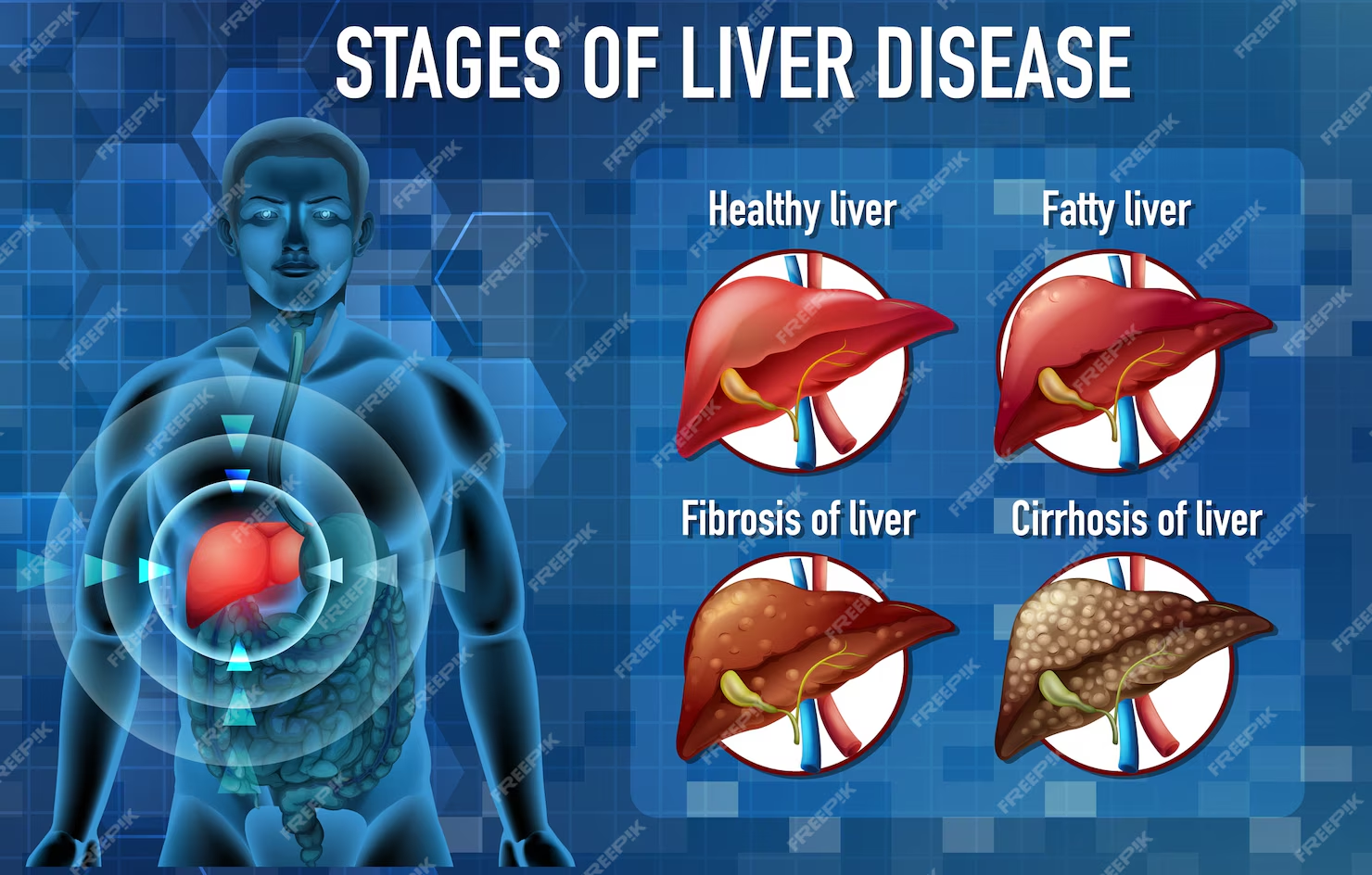project Details
This project applies skills in machine learning, deep learning, and data visualization to optimize flight flows in the United States, with the goal of reducing delays and improving air traffic efficiency.
Results:
This project received a score of 16.5, delivering a robust classification tool capable of detecting the presence or absence of liver disease.
View Project Code
View on GitHub
Prediction of Liver Diseases
Problem Context
The number of patients with liver diseases has been steadily increasing due to excessive alcohol consumption, inhalation of harmful gases, ingestion of contaminated food, marinades, and medications. This dataset has been used to evaluate prediction algorithms aimed at reducing the workload of physicians.
Dataset Content
This dataset contains records of 416 patients diagnosed with liver disease and 167 patients without liver disease, collected in the northeastern region of Andhra Pradesh, India. The column Dataset is a class label used to divide the groups into patients with liver disease (liver disease) and those without (no disease). The dataset also includes records of 441 male patients and 142 female patients. Any patient older than 89 years is recorded as being 90 years old
Features
- Age: Patient’s age
- Sex: Patient’s gender
- Direct Bilirubin: Direct Bilirubin level
- Total Bilirubin: Total Bilirubin level
- Alkaline Phosphatase: Alkaline Phosphatase level
- Alanine Aminotransferase: Alanine Aminotransferase level
- Aspartate Aminotransferase: Aspartate Aminotransferase level
- Albumin: Albumin level
- Albumin/Globulin Ratio: Albumin and Globulin ratio
- Dataset: Field used to split the data into two groups (patients with liver disease or not)
